The Foreign Aid Paradox: How Monies from the Poor in Wealthy Nations end up in the Hands of the Rich and Powerful in Poor Nations

Foreign aid has long been framed as a moral obligation—a lifeline from wealthy nations to uplift struggling communities. But beneath this noble veneer lies a thornier truth: aid often functions as a wealth transfer mechanism, siphoning resources from taxpayers in rich countries (including their poorest citizens) into the coffers of elites in recipient nations. Africa, the primary recipient of global aid for decades, offers a stark lens to examine this paradox. Nowhere is this dynamic clearer than in Kenya, a country lauded as a “development darling” despite persistent inequality. From Cold War-era patronage to modern-day corruption scandals, the story of aid in Kenya reveals how well-intentioned resources can entrench power imbalances rather than alleviate poverty.
Aid in Africa: A History of Broken Promises
Foreign aid to Africa surged after the 1960s, as newly independent nations became pawns in Cold War geopolitics. The West and Soviet bloc competed for influence, channeling aid to authoritarian regimes notorious for repression and graft. In Zaire (now DR Congo), dictator Mobutu Sese Seko received billions in Western aid during the 1970s–80s, openly funneling it into Swiss bank accounts while his people starved. By 1988, the World Bank estimated that 65% of Zaire’s aid funds were misappropriated.
Structural Adjustment Programs (SAPs) in the 1980s–90s worsened this trend. The IMF and World Bank tied loans to austerity measures—slashing public sector jobs, healthcare, and education. In Ghana, SAPs cut maize subsidies, spiking food prices and triggering riots. Aid became a tool to enforce free-market policies that prioritized debt repayment over welfare, disproportionately harming the poor while governments shielded elites.
Kenya: A Case Study in Aid’s Double-Edged Sword
Kenya’s relationship with foreign aid mirrors this continental pattern. Since independence in 1963, it has received over $100 billion in aid, yet 36% of its population lives below the poverty line.
Under President Daniel arap Moi (1978–2002), Western donors ignored rampant corruption to maintain Kenya as a strategic ally. In the 1990s, the infamous Goldenberg scandal saw $1 billion in aid and state funds embezzled through a fictitious gold export scheme. Donors briefly suspended aid but resumed flows after Moi promised reforms—reforms that never materialized.
Post-2000, Kenya became a poster child for “results-based aid.” The U.S. and EU funded HIV/AIDS programs and infrastructure projects, yet elites continued capturing resources. In 2015, a audit revealed that $400 million from the Global Fund to Fight AIDS, Tuberculosis, and Malaria—intended for clinics—had been diverted to shell companies linked to politicians.
Even “success stories” carry caveats. The U.S.-funded PEPFAR initiative slashed HIV rates, but procurement contracts often favored U.S. pharmaceutical giants over local producers. Meanwhile, Kenya’s elite capitalized on donor-driven projects. The $3.8 billion Thika Superhighway, funded by China and the African Development Bank, displaced thousands of low-income residents while connected wealthy suburbs to Nairobi’s business districts.
Why Aid Enriches the Powerful
Three systemic flaws explain this dynamic:
1. Tied Aid: An OECD study found 80% of U.S. aid is “tied,” requiring recipient countries to buy goods/services from donor nations. Kenya’s 2011–2016 hunger relief programs spent 70% of funds on U.S.-grown maize shipped overseas, undermining local farmers.
2. Debt Dependency: Aid often arrives as loans, not grants. Kenya’s external debt hit $38 billion in 2023, with Chinese loans for infrastructure (like the SGR railway) mortgaging public assets. Debt repayment drains budgets: in 2022, Kenya spent 57% of revenue servicing debt, leaving little for healthcare or schools.
3. Elite Capture: Aid flows through governments and NGOs, creating opportunities for graft. A 2021 Transparency International report showed 35% of Kenyan health aid is lost to corruption. During COVID-19, $400 million in emergency funds vanished, including payments to “ghost” hospitals.
The Human Cost: When Aid Deepens Inequality
While donors tout GDP growth, ordinary Kenyans see little benefit. Urban slums like Kibera lack clean water despite millions in aid earmarked for sanitation. Rural areas fare worse: in Turkana County, 84% live in poverty despite decades of NGO projects.
Aid also distorts local economies. Free food imports during droughts crush Kenyan farmers. After the 2011 famine, U.S. food aid undercut maize prices, pushing 40,000 farmers into debt. Similarly, donated used clothing (“mitumba”) has decimated Kenya’s textile industry, costing 500,000 jobs since 1990.
Reimagining Aid: Is Change Possible?
Critics argue aid isn’t inherently flawed—it’s the execution that fails. Botswana, for instance, tied diamond revenues to public investment, avoiding the “resource curse.” In Kenya, grassroots efforts like the Green Belt Movement (founded by Wangari Maathai) show community-led projects can succeed where top-down aid falters.
Donors are slowly shifting tactics. The UK’s 2020 decision to untie aid allowed Kenya to procure goods locally, boosting small businesses. Direct cash transfers, like GiveDirectly’s program in Kisumu, cut bureaucratic middlemen, putting money in the hands of the poor.
Yet systemic change requires confronting uncomfortable truths. As long as aid prioritizes donor geopolitical interests over accountability, it will remain a tool that empowers the few—not the many.
Conclusion
Foreign aid’s greatest irony is its role as both a Band-Aid and a toxin. In Kenya and across Africa, it has sustained kleptocrats, distorted markets, and deepened dependency. But examples of effective aid prove alternatives exist. The path forward demands transparency, local agency, and a reckoning with the power imbalances that turn charity into exploitation. Until then, the paradox will persist: aid meant to uplift the poor will keep lining the pockets of the rich.
The writer is an Advocate of the High Court of Kenya and a political analyst

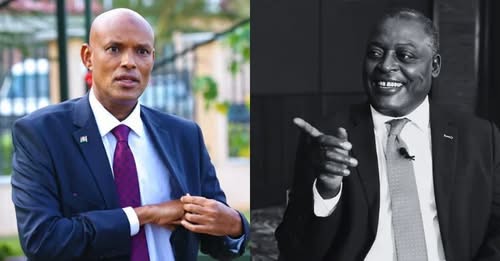
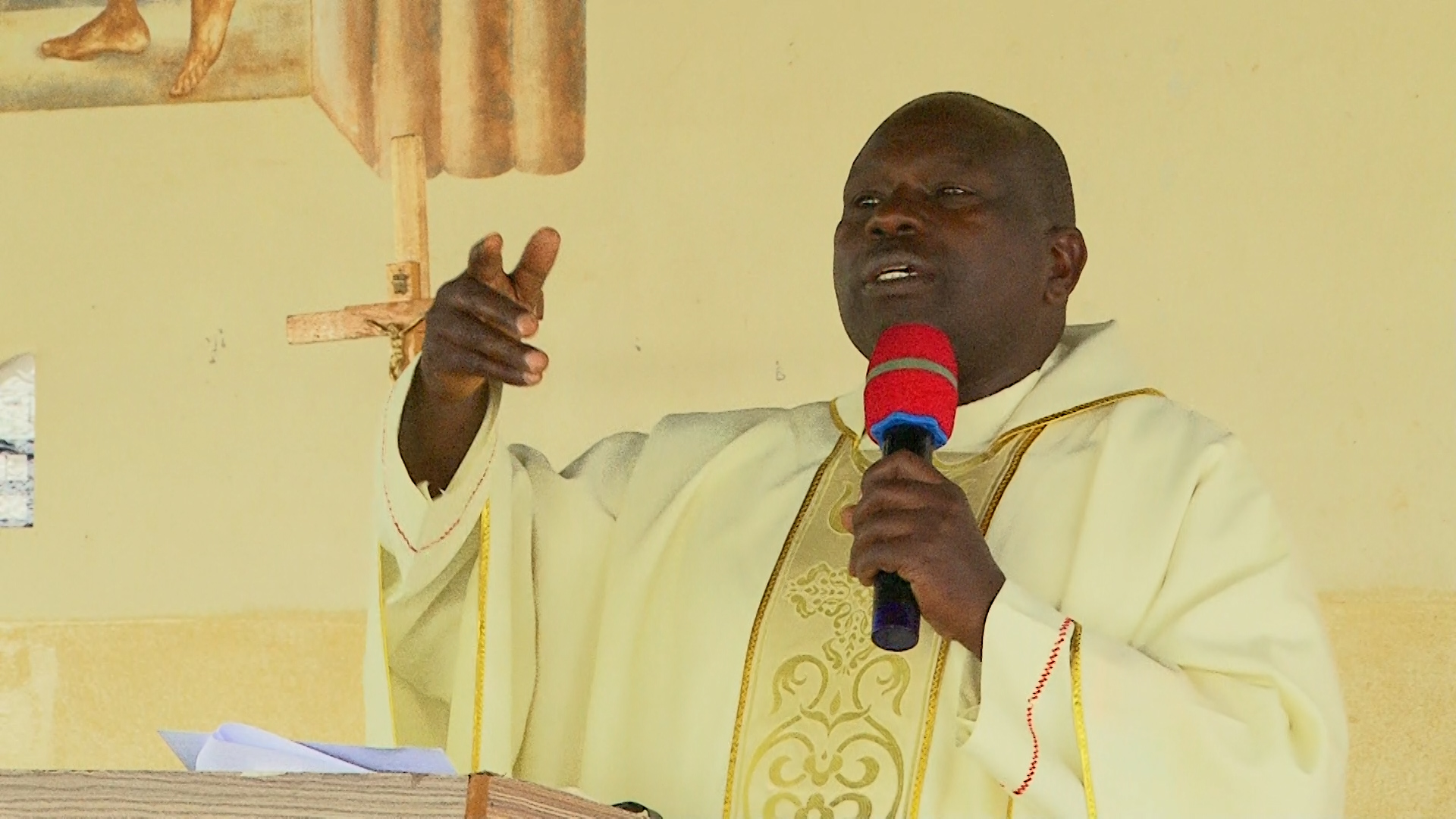
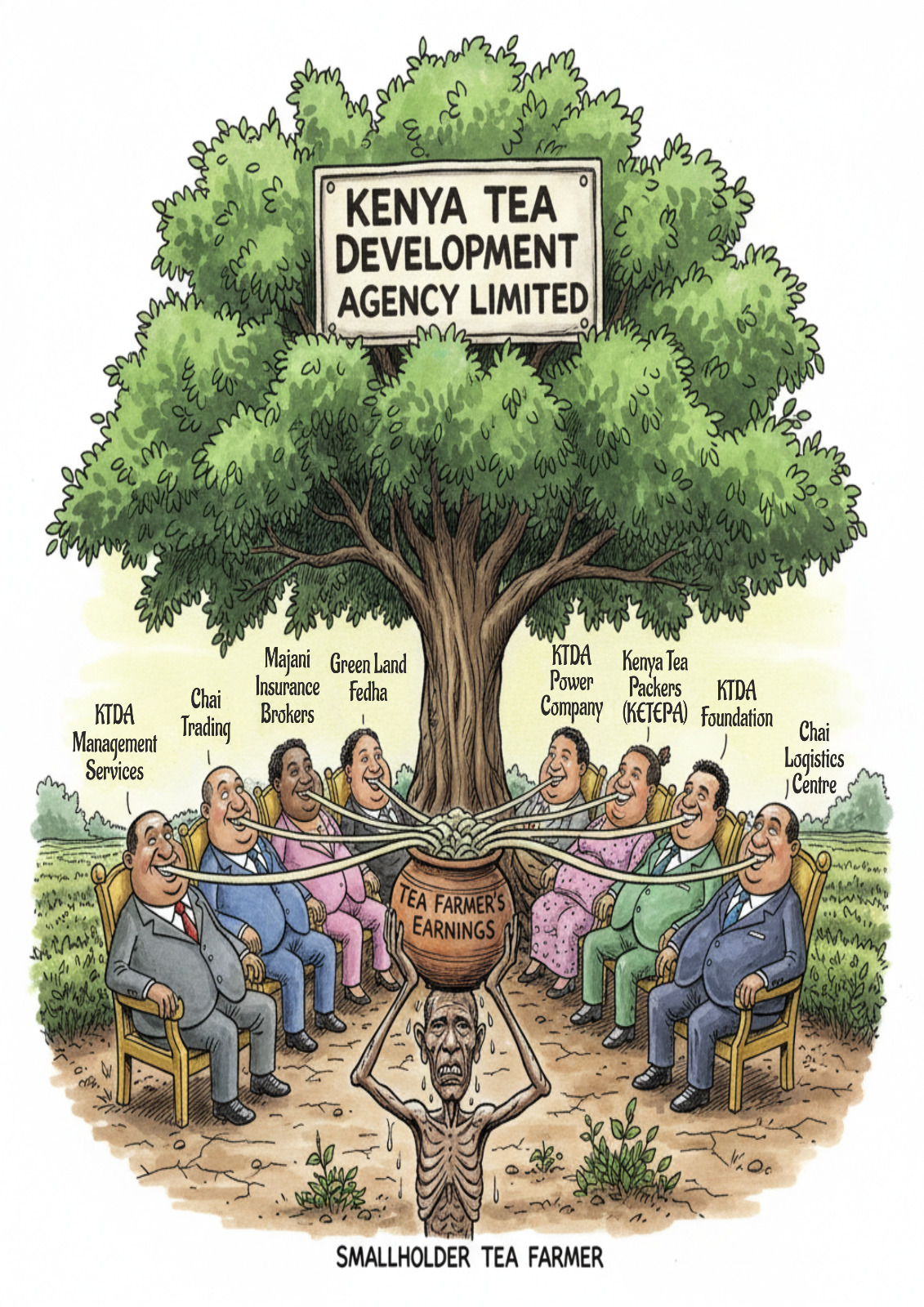
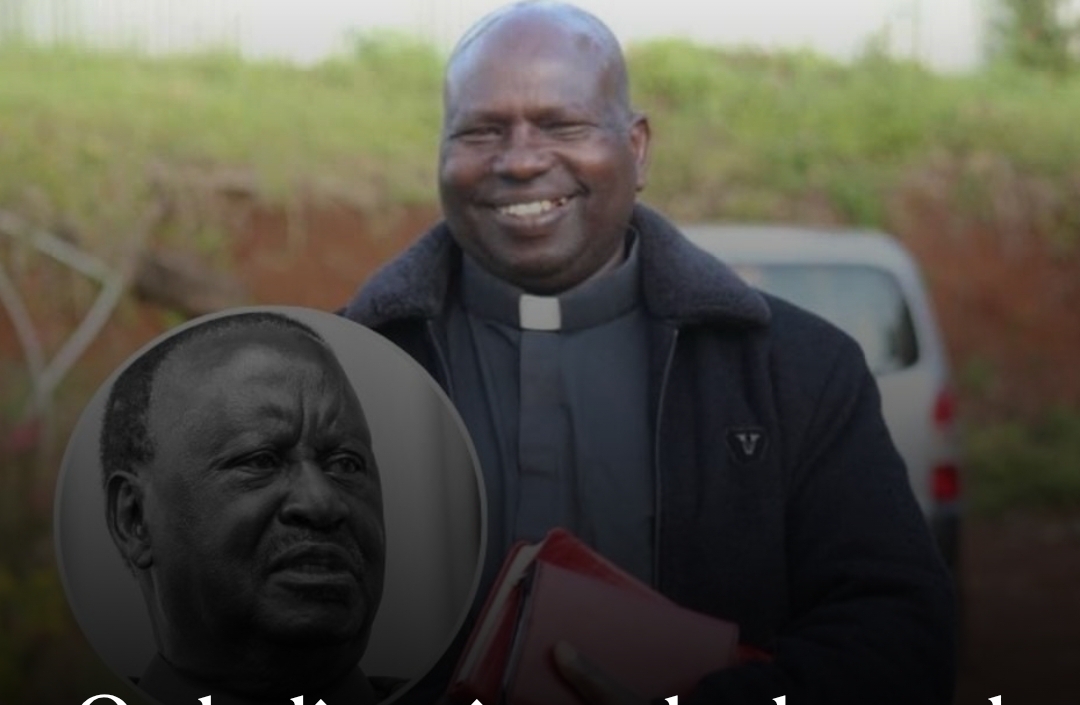
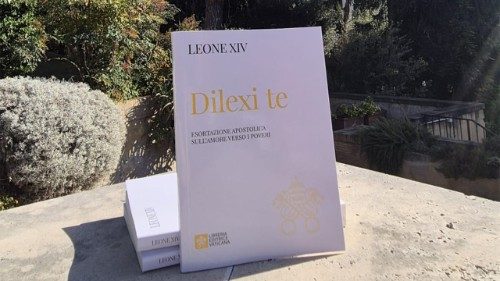

Comments (0)
No comments yet. Be the first to comment!